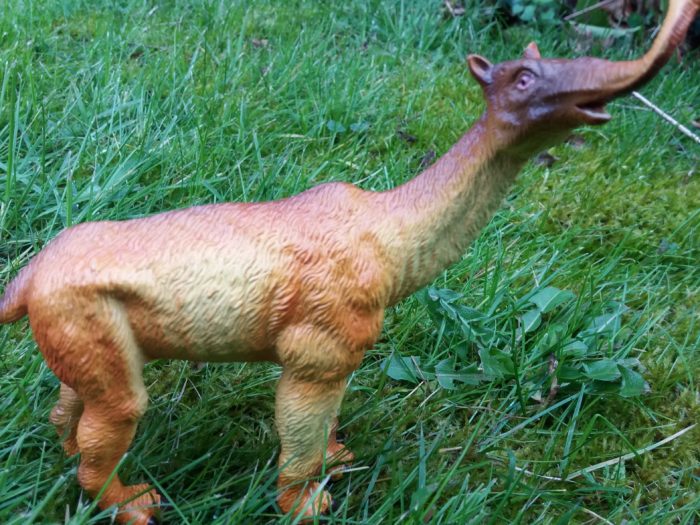The isolation of South America during much of the Cenozoic era resulted in the evolution of many odd and unique creatures, like the Liptotern Macrauchenia. This odd ungulate has fascinated many since it’s discovery by Charles Darwin, and has been the subject of many art peices and toys.
Brand: Jurassic Hunters
Review: Megaloceros (Jurassic Hunters by Geoworld)
Review: Megatherium (Jurassic Hunters by Geoworld)
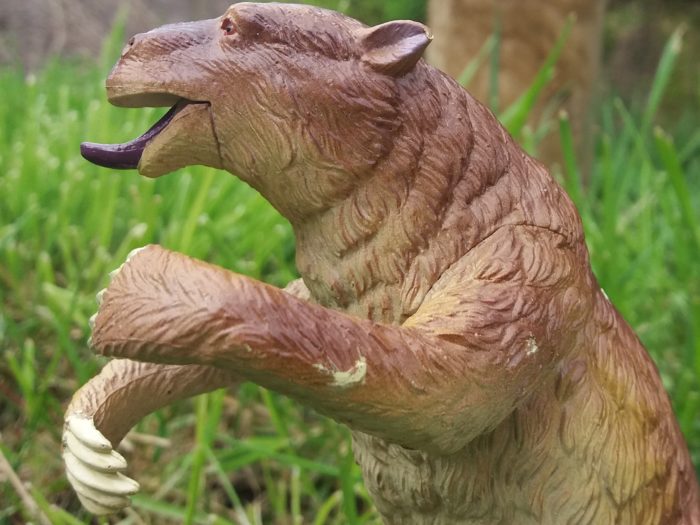
Since it’s first discovery in 1788, Megatherium has garnered much attention, not just from scientists but by the general public, it’s large size and fearsome claws drawing in many. In spite of the discovery of larger creatures over the centuries, this gargantuan xenarthran still has it’s fair share of art and models dedicated to it.
Review: Metridiochoerus (Jurassic Hunters by Geoworld)
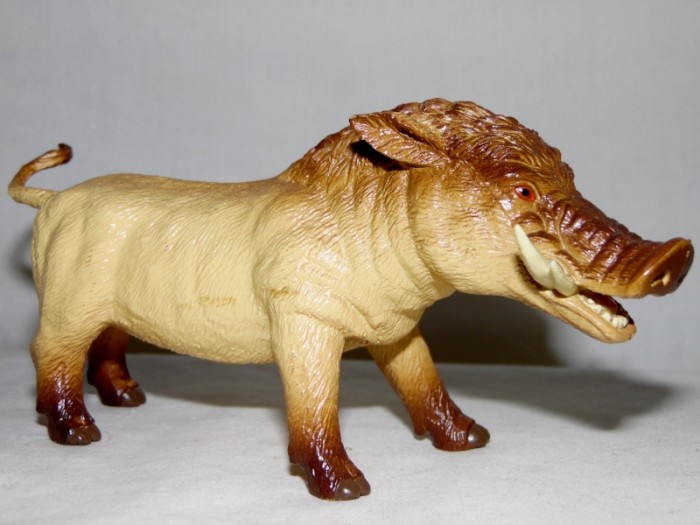
Out of all the prehistoric creatures that could have been made by modern toy companies, I assume a Metridiochoerus is not something you might expect. Metridiochoerus was basically a type of warthog that lived in Africa during the late Pleistocene, and it competed for the same niche as its modern cousin Phacochoerus, the common warthog.
Review: Ornitholestes (Jurassic Hunters by Geoworld)
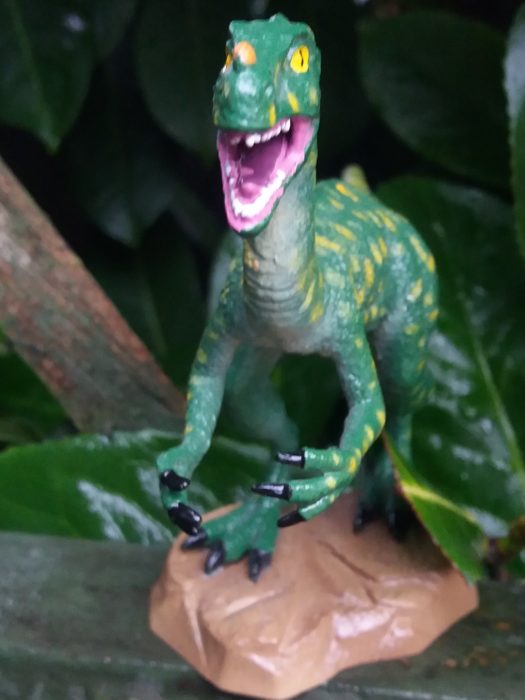
There is a line in the play “Arcadia” by Tom Stoppard that I feel encapsulates science, especially palaeontology, brilliantly: “The greatest moment in life is when you find everything you thought was true was wrong.” The number of changes in thoughts about prehistoric life certainly proves this, as with the species I am reviewing here, Ornitholestes.
Review: Ornithomimus (Jurassic Hunters by Geoworld)
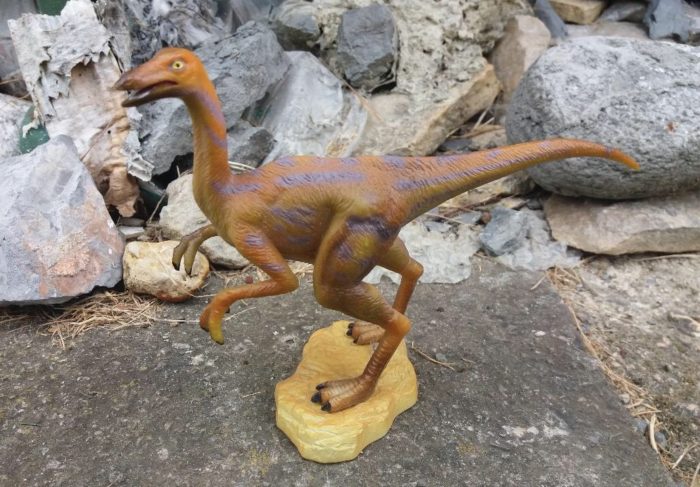
Ornithomimids seem to be getting more and more popular in the realms of figures and collectibles. But of the great and diverse clade, it is surprising that Ornithomimus itself seems to be oddly absent, with few companies taking on the task of recreating this rather famous dinosaur.
Review: Parasaurolophus (Jurassic Hunters by Geoworld)
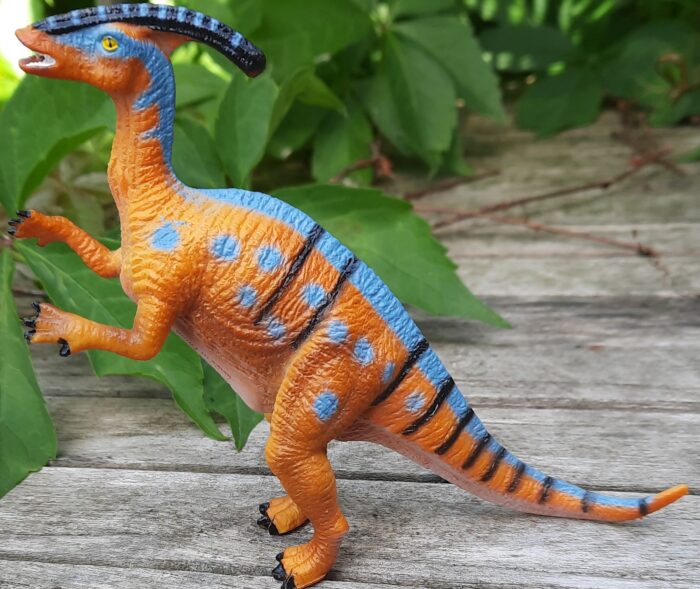
Of all the Hadrosaurs, Parasaurolophus is by far the most commonly produced in toy lines. It’s flashy headpiece is likely the main reason, as the rest of the body is somewhat lacklustre. Sizeable, but not the most interesting. The crest is where it’s at, with the function and skin attachments being a major source of debate.
Review: Plateosaurus (Jurassic Hunters by Geoworld)
Review: Procoptodon (Jurassic Hunters by Geoworld)
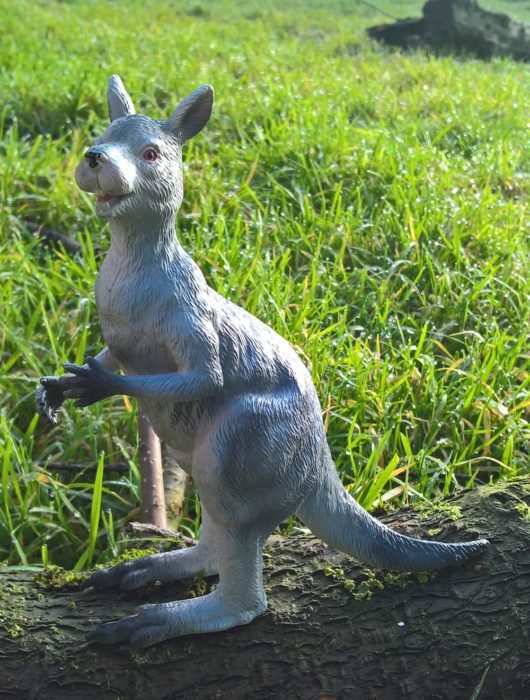
When it came to their third expedition, Geoworld had the opportunity to expose kids and adults alike to a variety of ancient mammals, some we have never seen before in toy form. We could have had some truly bizarre and unique species, like Paraceratherium, Diprotodon or Sivatherium.
Review: Rebbachisaurus (Jurassic Hunters by Geoworld)

The Cretaceous period was a time of mighty titans among the dinosaurs, with gigantic animals all across the globe. Largest of these were the sauropods, and they reached monumental sizes, from pony sized to thirty metre giants. They were present on almost every continent, with several on Africa.
Review: Spinosaurus (Jurassic Hunters by Geoworld)
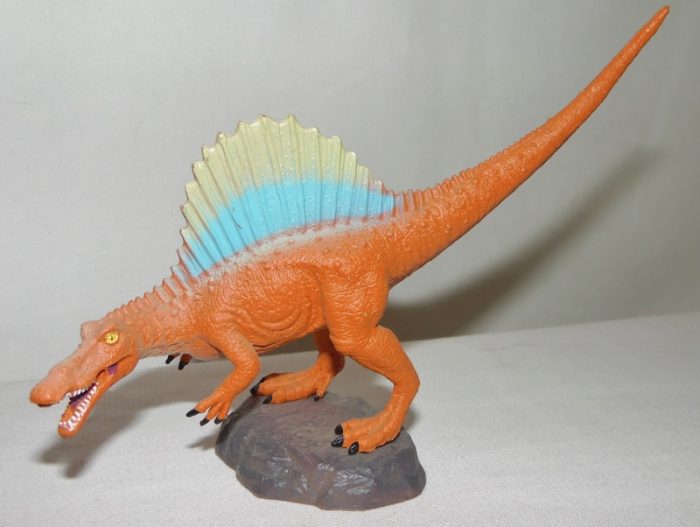
Time for another Geoworld review. This time, it’s their take on the infamous Spinosaurus. Spinosaurus, as many of you know, has proven to be a conundrum for scientists. Everyone has been arguing over what the animal looked like because of a paper published in 2014 that ultimately altered the way we generally depict this creature.
Review: Thylacosmilus (Jurassic Hunters by Geoworld)
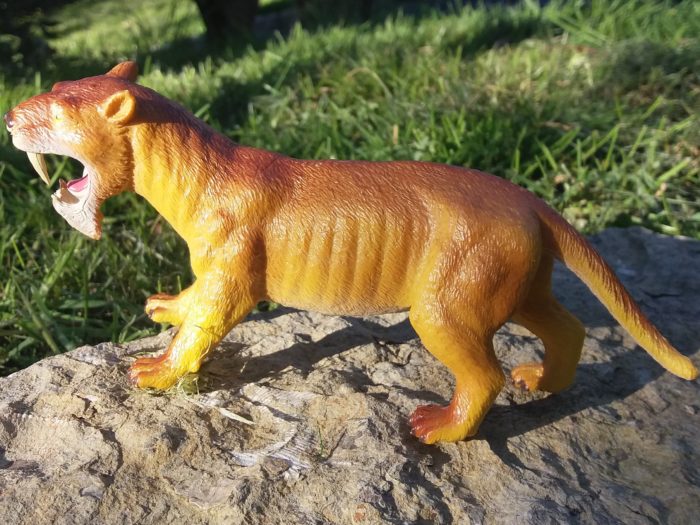
Animals can adapt to their environment in many different ways, resulting in many interesting species. but the more interesting case is when two distinctly different species, not even closely related, evolve similar or the same adaptation, known as convergent evolution. Such is the example whit this review: Thylacosmilus, which may look like a sabre toothed cat, but is in fact a sprassodont, a marsupial from South America.
Review: Troodon (Jurassic Hunters by Geoworld)
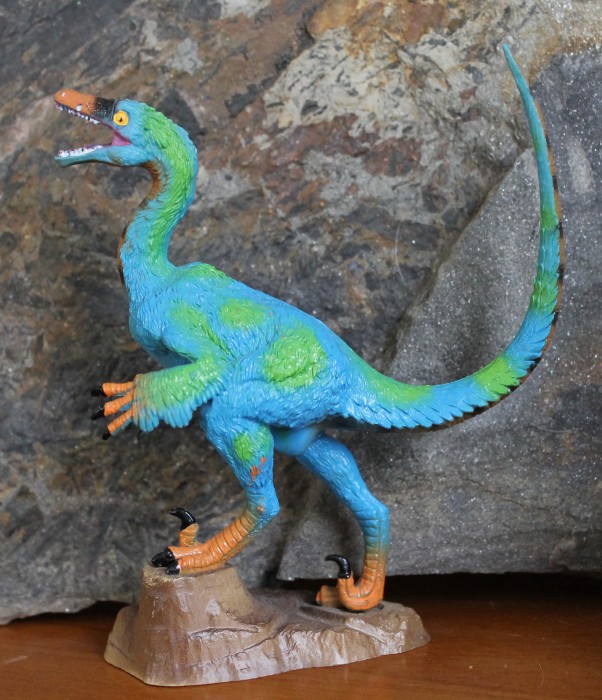
Review: Tyrannnosaurus (Jurassic Hunters by Geoworld)
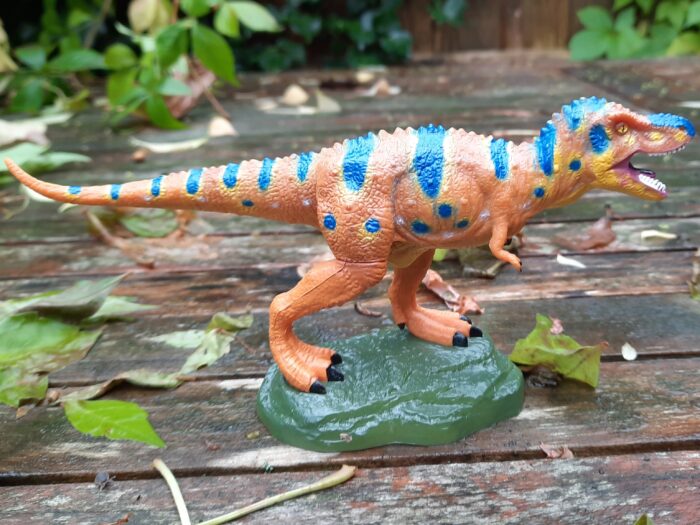
Feathered or scaly? Upright or vertical? Predator or scavenger? The king of the tyrant lizards has gone through a lot of changes over the last century, and I dare say will continue to alter as more discoveries are made. As a result, there are hundreds of figures, representing all the variations it could possibly have.
Review: Utahraptor (Jurassic Hunters by Geoworld)

Last time I did a review of a Geoworld product, I said that the company likes to put feathers only on species that are known to have feathers in the fossils. Well, unfortunately I should’ve done more research (and a little more glancing at my collection) because that was not the case.

